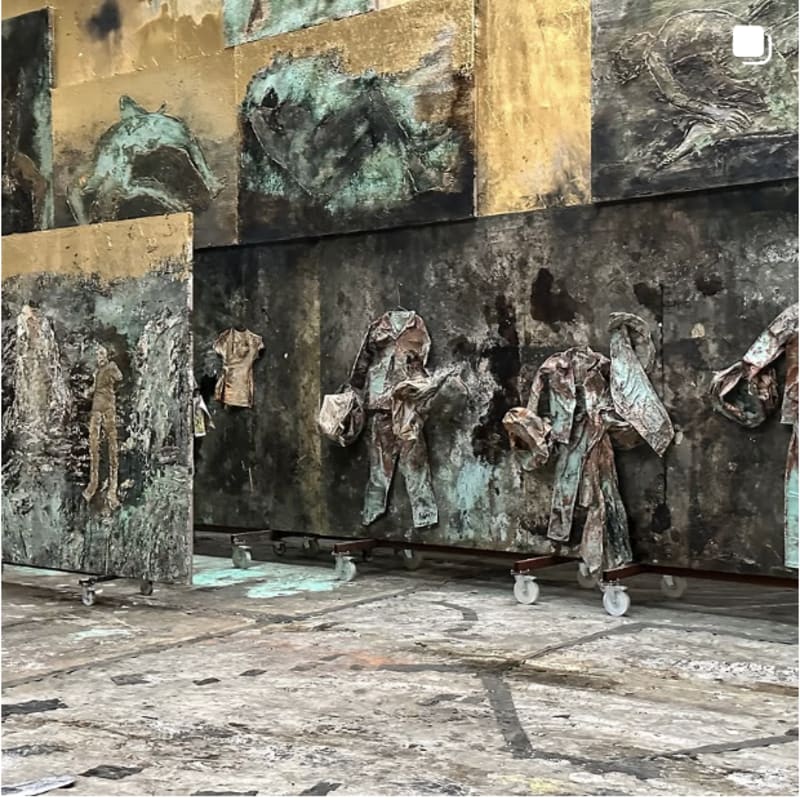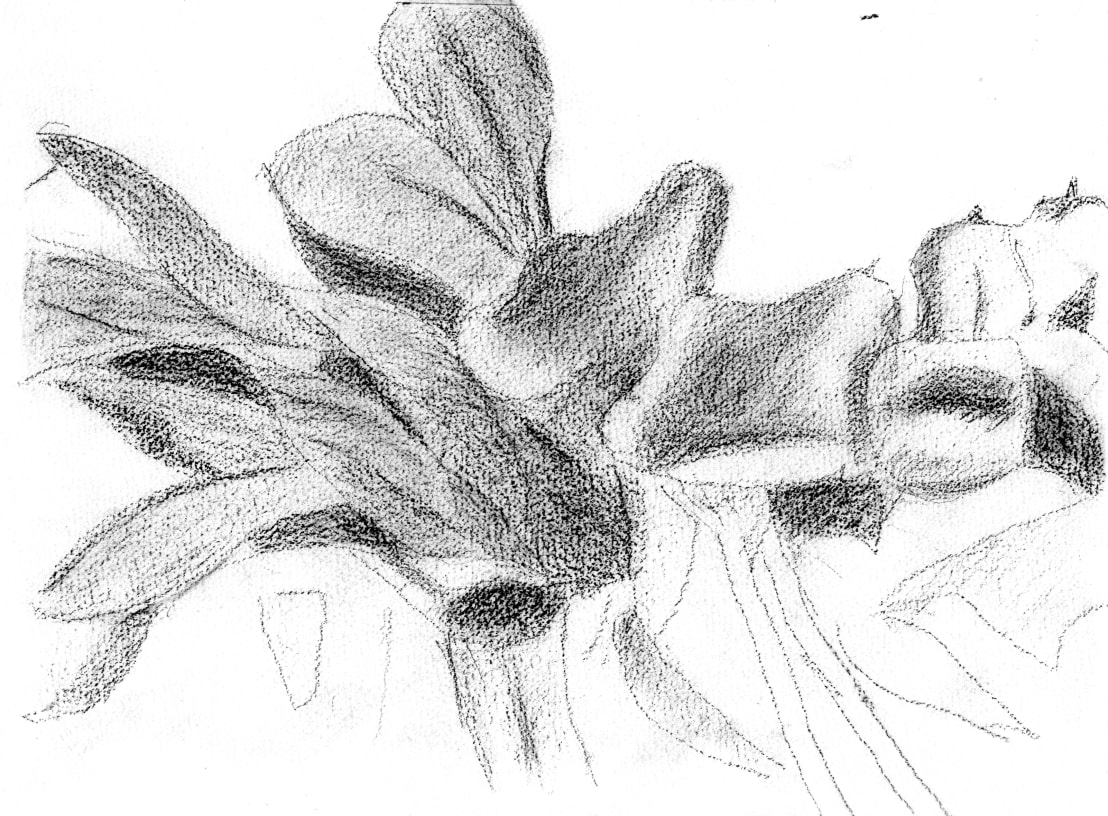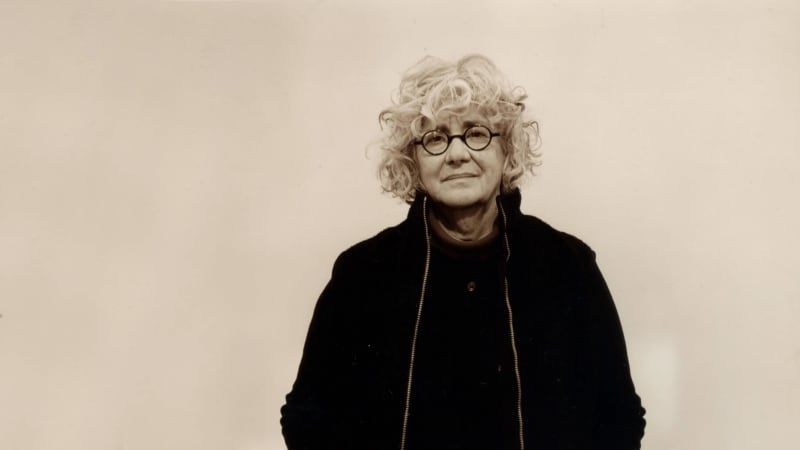Tony Cragg Art has become surrounded by middle-class, intellectual bulls---
Liverpool-born sculptor Tony Cragg on why he left the science lab for the art gallery – and how curators became ‘the new zealots’
By Chris Harvey
“In the Sixties, there was all this idealism about what the future could be,” says Tony Cragg. “But no, the b------s got ahold of it again, they took it back, they took control of everything.”
I’m in Wuppertal with the Liverpool-born sculptor, who moved to Germany in the 1970s then blazed a trail through the British art world in the 1980s and beyond. These days, he has an international reputation, with prices to match, and his artworks are as likely to be found in public gardens in Tokyo as in the atrium of a European bank’s HQ. Yet the white heat of creativity still drives him. “I’m 75. There’s no time to be lost. There never has been, actually.” Does he ever have a holiday? “I am taking a day off when I’m working,” he says. “I’m doing what I want to do.”
Next week, an exhibition of his work will open at Castle Howard in North Yorkshire. Right now, we’re in his hilltop studio looking down over Germany’s industrial heartland. All around us are works in various stages of creation – from shaved blocks of polyurethane to stuck-together ellipses of cut stone. Finished sculptures are being shipped to galleries around the world. When he’s making work, he’s trying to find something in the material. If a form emerges that intrigues him, he’ll pursue it further. If not… “That’s not a sculpture,” he says of one rather ungainly tower looming nearby. “I’ve discounted that.”
Cragg is still pushing the boundaries of form, his youthful idealism apparently undiluted by time. “I really despise authoritarian structures and establishments,” he says. But the forces that so inspired him in the 1960s had by the 1980s ossified into a rigid “political correctness” – “it becomes formalised, and we end up at the situation today, where you can’t make an artwork without it having a political message. That is a sad state of affairs.”
He arrived in Wuppertal not thinking he would spend the next four and a half decades there. He misses the British countryside (and Branston Pickle) but, he notes, he can still watch Liverpool FC on TV. Germany has been good to him. Cragg has raised four children there, married twice, and now also has a home on the west coast of Sweden. He radiates energy. When you’re standing next to him, he’ll sometimes explain a point by tracing part of your outline in the air with his hands, an arm or the curve of a shoulder, as if he’s checking to see whether you would pass muster as a sculpture.
One of the remarkable things about Cragg is that sculpture found him, not the other way round. His father was an electrical engineer in the aircraft industry; Cragg imagined he would end up doing something similar. As a teenager in Welwyn Garden City in the late 1960s, working as a “very lowly laboratory assistant”, observing chemical experiments that spilled into his evenings and weekends, he says, “I started to draw just out of boredom.”
He sketched “silly doodles” at first, then the lab equipment, and finally, carried along by the culture wave breaking all around him – “I saw The Rolling Stones, The Pretty Things, The Who, Pink Floyd; they were doing gigs all the time in that area” – he allowed a girlfriend to persuade him to go to art school.
After a Foundation year in Cheltenham, he went to Wimbledon School of Art, where he found himself expected to stand at an easel alongside 30 others, drawing or painting. “Out of desperation, I bought lots of string and decided to tie knots in it.” It was just a way to mark time, he says, but when his tutors saw what he was doing, they sent him to the sculpture department. “And they said, ‘No, no, no, we don’t know what you think you’re doing, but this isn’t sculpture’ and sent me back to painting.”
It pushed him outside, he says, literally at first. Inspired by Richard Long, he started making playful outdoor works such as Numbers on the Beach, a row of perfectly formed integers in the sand. But it was just the beginning of his experimentation with form and materials. By the mid-1970s, Cragg was at the Royal College of Art, using discarded materials to create floor works such as Crushed Rubble (1975) and the perfect cube of debris, Stack (1975). He began assembling colourful plastic detritus in large works such as Spectrum (1979), creating enduringly popular sculptures such as Britain Seen from the North (1981), which is now in the Tate Modern’s collection and regularly displayed, and the overtly political Riot (1987). Humour is intrinsic to Cragg and often creeps into his work, too, especially his titles, which tend to come from the shorthand used to refer to the piece in the studio.
The early part of Cragg’s journey took him far away conceptually and materially from illustrious establishment forebears such as Henry Moore and Anthony Caro; with the later, he had an on-screen spat during his first ever TV appearance. Plonked next to Cragg for a discussion, Caro put the boot in about the likely longevity of the young sculptor’s work; Cragg responded in kind. The two later became good friends, and my visit to the sublime, sprawling Waldfrieden Sculpture Park that Cragg has created in Wuppertal takes in a carefully curated exhibition of Caro’s work in several of the park’s large glass pavilions.
Cragg has moved towards Moore’s love of bronze, too, in his later career. Even at a relatively low temperature, molten bronze, he says “is fantastically fluid; it’s got [almost] no surface tension, much less than water.” As a result, “you can make complicated polymorphic forms, and then it’s quite soft, and you can work with it.” He creates sculptures in glistening stainless steel, too, because of its weight-bearing strength – in the studio, he points out a vertical form that twists upwards from a thin curve low in the structure. “What you can do in steel, you can’t do in bronze,” he says. “Materials are like instruments in an orchestra, you’ve only got a certain range of expression with them”.
At Castle Howard, there will be works in wood, fibreglass, glass, steel and bronze. Some find this move back to more traditional materials conservative, but Cragg sees it very differently. His work with synthetic materials such as plywood, ceramic, bricks, glass and plastic ultimately frustrated him. “The industrial imprint on the material made it very, very simple,” he says; the shapes were uniform, “the colour was always the same red, the same blue, the same yellow. Everything’s so limited as soon as industrial production gets involved. It’s an enormous impoverishment of the world of things around us.”
















































































































































































